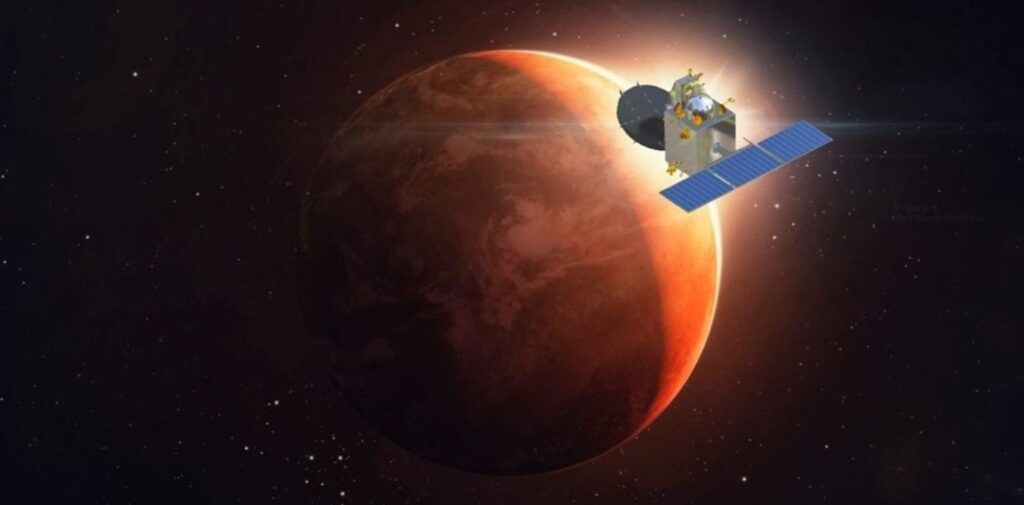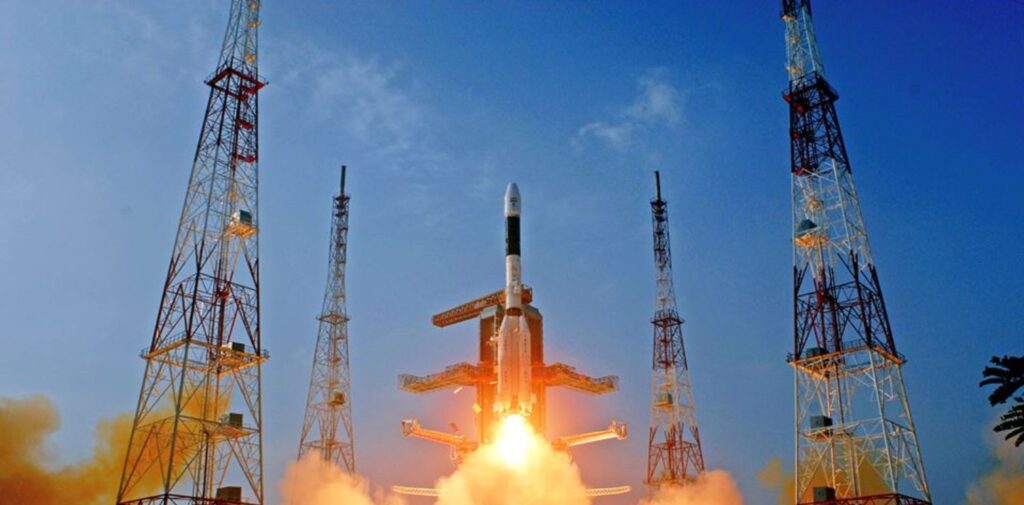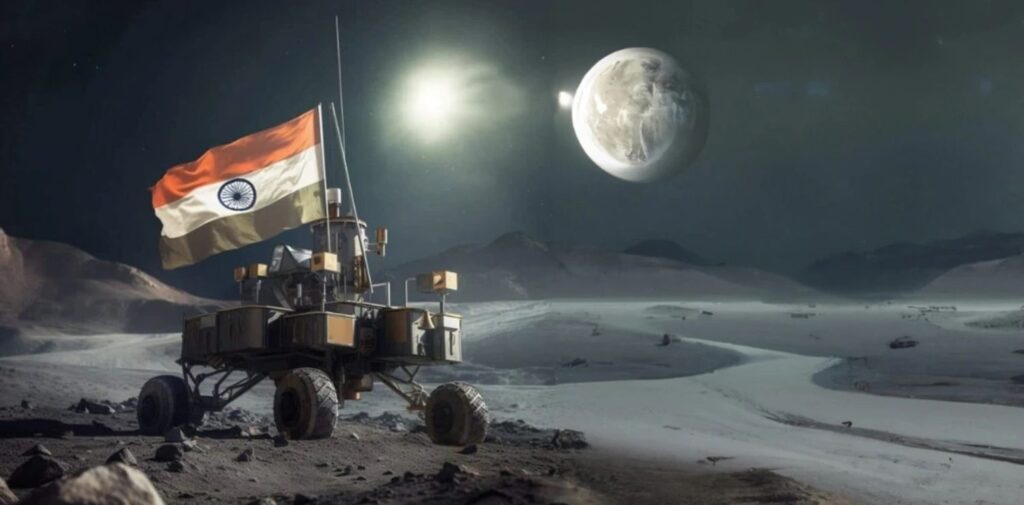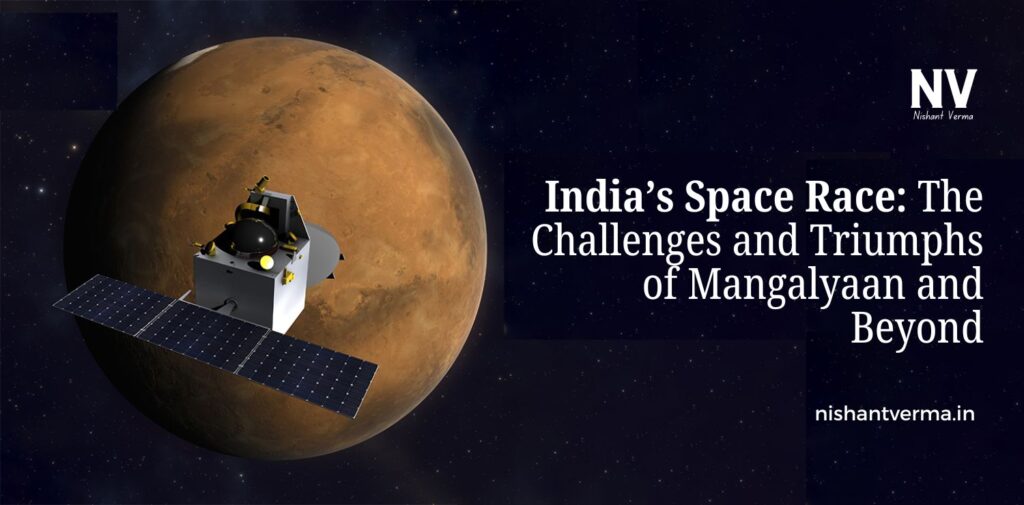India’s journey into space exploration has been nothing short of extraordinary. From its early beginnings to the historic achievements that have put the country on the global map of space exploration, India’s space missions have inspired millions. The journey has been marked by a series of triumphs, but it hasn’t been without its fair share of challenges. Among the many milestones, one of the most significant and proudest moments for India was the successful launch of Mangalyaan, also known as the Mars Orbiter Mission (MOM), which demonstrated India’s growing capabilities in space science. This article takes a closer look at India space race, the hurdles faced along the way, and the triumphs achieved, especially through Mangalyaan and other subsequent missions.
The Early Days of India’s Space Program
India’s space journey began in the early 1960s, with the establishment of the Indian National Committee for Space Research (INCOSPAR) in 1962, under the leadership of Dr. Vikram Sarabhai, the father of the Indian space program. He had a vision of using space technology for national development and for the betterment of the lives of millions of Indians. The first major step was the launch of India’s first satellite, Aryabhata, in 1975 with the help of the Soviet Union. This was a monumental moment, as it marked India’s entry into space.
Over the next few decades, India focused on improving its satellite and rocket technology. The Indian Space Research Organisation (ISRO) was established in 1969 and quickly began to develop indigenously designed rockets and launch vehicles. India’s early space missions were aimed at utilizing satellites for communication, weather forecasting, and agricultural planning. These missions contributed significantly to improving the quality of life for people in rural areas, providing better communication networks and more accurate weather forecasts.

The Vision Behind Mangalyaan
The real turning point in India’s space ambitions came in 2013, when ISRO launched the Mars Orbiter Mission (MOM), also known as Mangalyaan. Mangalyaan was not just any other satellite; it was India’s first mission to Mars, and it was a moment of immense pride for the entire country. The mission’s primary objective was to study Mars’ atmosphere, surface, and mineral composition. However, it was also seen as a symbol of India’s growing prowess in space technology and its ambitions to become a key player in global space exploration.
Mangalyaan’s launch was significant for several reasons. First, it demonstrated India’s ability to design, develop, and launch a mission to a planet beyond Earth, which was an extraordinary achievement for a nation still in the early stages of its space exploration journey. Second, the mission was done at a fraction of the cost of similar missions by other countries, which proved that India could achieve complex space missions efficiently and economically.
The mission’s success was even more remarkable because it managed to reach Mars’ orbit on its very first attempt. This feat was something that other nations, including major space powers like the United States and Russia, had struggled with. The Mars Orbiter Mission was a resounding success, and it made India the first Asian country to reach Mars and the fourth space agency globally, after NASA, the Soviet space program, and the European Space Agency, to achieve this feat.
The Challenges Faced
Despite the success of Mangalyaan, India’s space program has faced numerous challenges. One of the biggest hurdles was funding. Space missions are expensive, and India’s space program often had to work with limited budgets compared to the bigger space agencies of the world. However, ISRO has managed to achieve remarkable results by focusing on cost-efficiency and using innovative methods. For example, the Mars Orbiter Mission was completed at a budget of just $74 million, which was significantly less than the cost of similar missions.
Another challenge faced by ISRO was the technological expertise needed to develop space missions. While India has made great strides in producing highly skilled engineers and scientists, there was a shortage of specialized knowledge in certain areas of space science. However, ISRO overcame this obstacle by relying on its strong base of dedicated professionals and collaborating with international space agencies for knowledge exchange.
Moreover, space exploration comes with a significant amount of risk. There were times when India’s missions did not go as planned. For example, the Chandrayaan-1 mission, India’s first lunar mission, experienced a loss of communication with the spacecraft before it could complete its objectives. However, ISRO did not let this failure deter its ambitions and quickly bounced back with more successful missions.

Mangalyaan’s Triumph and India’s Place in the World
The success of Mangalyaan marked India’s entry into an elite group of countries capable of interplanetary exploration. It was a triumph not just for ISRO but for the entire nation. The mission proved that India could compete with the world’s most advanced space agencies despite limited resources. The Mars Orbiter Mission also gave India a huge boost in terms of scientific knowledge. The data collected by Mangalyaan has contributed to a deeper understanding of Mars, including insights into the planet’s atmosphere and surface conditions.
Mangalyaan’s success also helped elevate India’s reputation in the global space community. Before the mission, ISRO was primarily known for its work in satellite launches and regional space activities. However, after the successful Mars mission, India’s space capabilities were recognized on the world stage, and ISRO’s potential as a player in global space exploration became undeniable.

Beyond Mangalyaan: India’s Continued Ambitions in Space
Following the success of Mangalyaan, ISRO continued to set ambitious goals for future space exploration. One of the most exciting upcoming missions is the Chandrayaan-3 mission, aimed at landing on the Moon. This mission is expected to further India’s understanding of the Moon’s surface and its potential for resources. Additionally, ISRO is planning the Gaganyaan mission, which will make India the fourth country in the world to send astronauts to space. These missions, along with ongoing projects like the Indian Space Science Data Center and the development of advanced space technologies, promise to keep India at the forefront of space exploration in the coming decades.
India has also been an active player in international space collaborations. The country has launched satellites for various nations and participated in global space research initiatives. ISRO’s collaboration with NASA, the European Space Agency, and Russia has fostered knowledge sharing and technological advancement that benefit not only India but also the global space community.
Conclusion: India Space Race
India’s journey in space exploration, from the early days of Aryabhata to the triumph of Mangalyaan and beyond, is a story of vision, determination, and innovation. The challenges faced along the way were significant, but they were met with a spirit of resilience and resourcefulness. The success of Mangalyaan was a milestone that demonstrated India’s ability to compete in the global space race, and it marked the beginning of a new era for India’s space ambitions. As ISRO continues to push the boundaries of space exploration, India’s place in the world of space science and technology will only continue to grow, inspiring future generations to dream big and reach for the stars.




